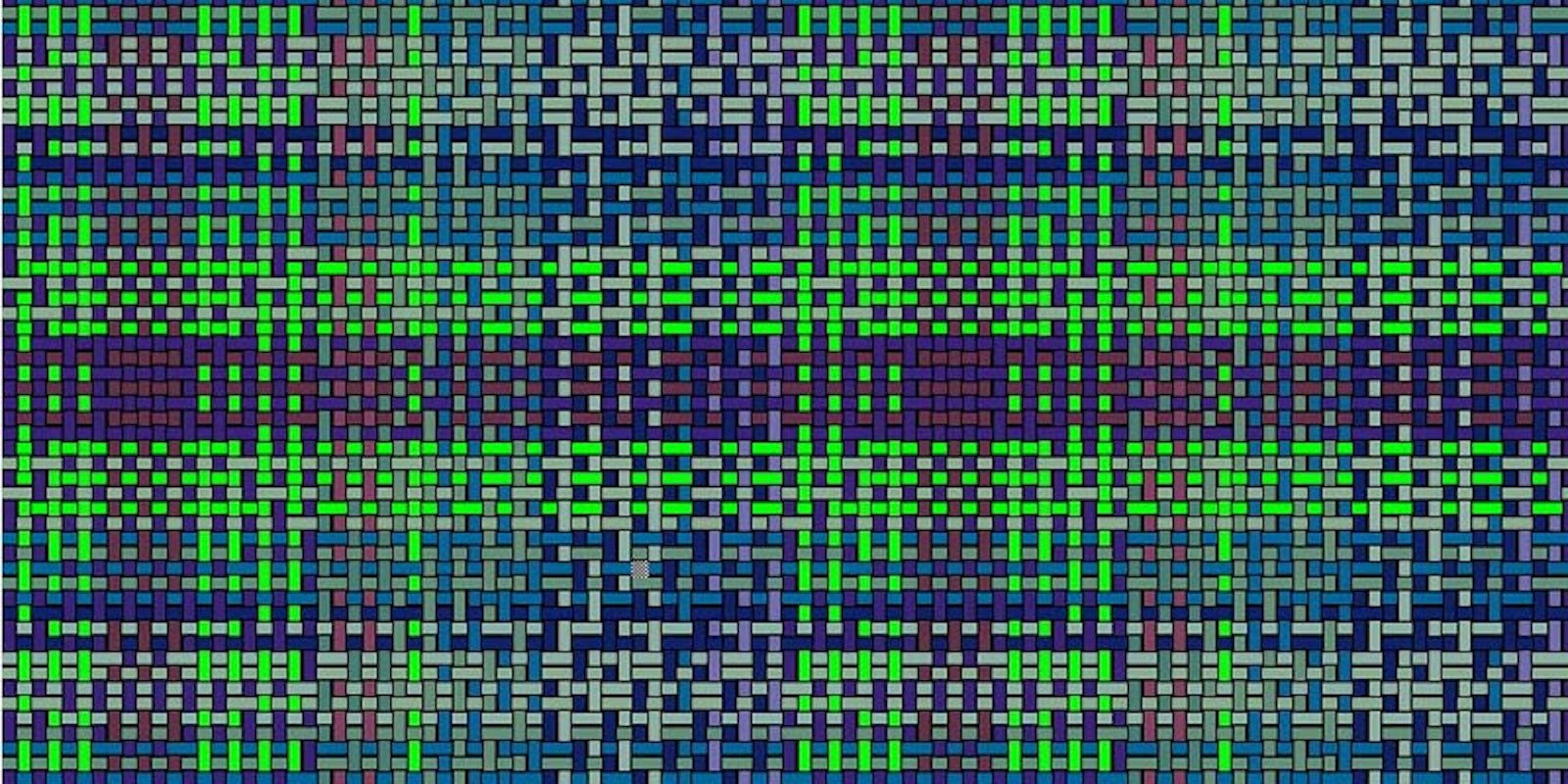Deborah Heyman is a talented artist and designer who doesn’t mind taking the time to weave exactly what is in her mind and heart. I’ve seen her redo entire huge pick-up projects just to see which one she liked best. In other words, her “samples” can take months to finish. When Handwoven November/December 2010, dedicated to “slow cloth,” came out, Deborah told me her style of weaving might best be called “glacial weaving.”
I recently asked Deborah—who’s been experimenting with using weaving software—what is currently on her loom. Here’s what she had to say:
We could name this post “A Challenge to Try Your Patience” or “How to Get the Maximum Number of Hours of Weaving Pleasure for the Money.”
Being relatively new to weaving software, I blame my naïve enthusiasm for this folly. “Wow! Look at all the things I can do with a weaving program! Look at all the colors I can use! Fun!”
My study group is working on shadow weave, and that was my starting point. I chose a draft from Carol Strickler’s A Weaver’s Book of 8-shaft Patterns. While transposing the draft to my computer, I made an error in the threading and found I preferred it to the original. (Should we call this post “Serendipity”?)
Next, I began to play with colors, matching colors on my monitor to those available in Tencel. It looked great. It was only later that I realized I hadn’t really thought it through very well—there are a lot of color changes in the warp. Okay, fine, I’m patient; I’ve wound other warps with color changes. However, in this case, I didn’t fully take into account that I had to change colors for every end I wound. Slowly, one by one, I wound off my warp so as not to make any errors.
But there were also things I hadn’t fully considered about the weft, which, like the warp, had color changes every pick. This meant slow going and accuracy (in both treadling—since it has a fairly long sequence—and color changes), but how was I going to weave in all of those ends on the selvedges? I couldn’t carry that many colors up the selvedges. Would the selvedge edges pack in completely different from the body of the weaving? Or would the edges simply be a bit denser and the body slightly more open? Luckily, I had designed a 1” border of solid color on each selvedge, so visually those doubled threads could blend in and become part of the border design.
I’ve started the weaving, and weaving in all of those ends is working out okay—I’m not having any tension or packing problems . . . yet. Yes, it is slow, but it’s not overly cumbersome, and I like the result.
The remaining question is: how will it wash? Will the denser edges ripple once the center part tightens up with washing? If it ripples, and if the rippling is confined to the borders, will it look like an interesting design feature?
I won’t know until after many more hours of patient weaving. But I will have definitely gotten my money’s worth from the yarn—if you measure in terms of stretching out the hours of weaving (definitely not my intent!) per dollar spent.
—Deborah Heyman
Explore Deborah's article and many other great features in Handwoven November/December 2010.

